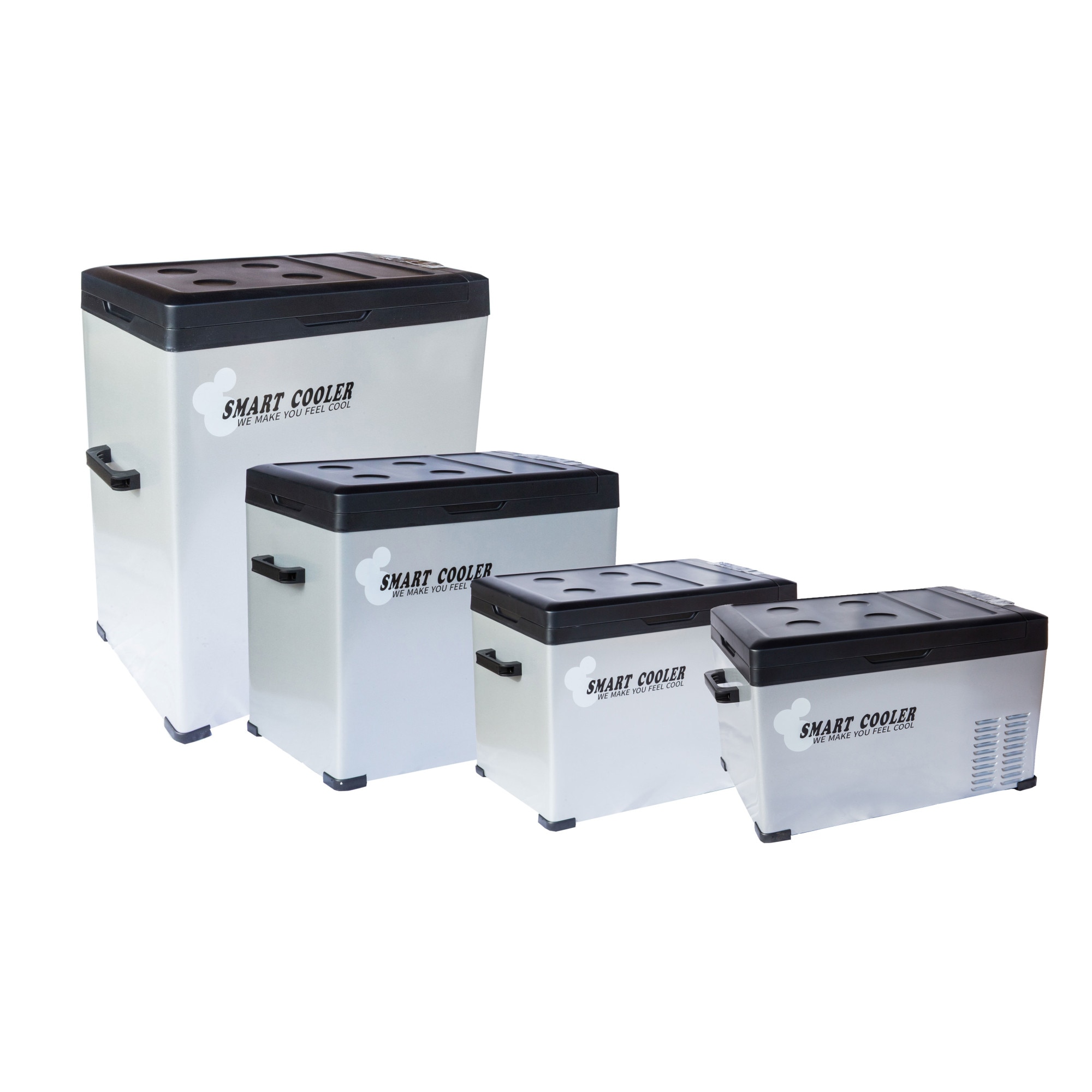
КОМПРЕСОРЕН Хладилник 50л. 12-24-220v фризер за кола Две зони - Енергон 07 Соларни панели Инвертори Акумулатори

Къмпинг Хладилник / Фризер - 12/24 V (DC) /100 - 240 V (AC) - 30 L от марката MSW от 499,00 лв. - Diomi.bg

Хладилник за къмпинг 15литра 12 -24-220v с компресор Bluetooth mk15 - Енергон 07 Соларни панели Инвертори Акумулатори

Малък хладилник на 220 волта опция и на 12 или 24 размери 50 40 на 40 сантиметра в Друго търговско оборудване в гр. Стара Загора - ID37834060 — Bazar.bg
Мини компресорен хладилник -фпизер за кола или кемпер 12/24 V 220v гр. София 7-ми 11-ти километър • OLX.bg
















